L'Enclume (meaning “anvil”) opened in 2002 in the village of Cartmel. Simon Rogan and his team’s reputation spread quickly, Michelin awarding the restaurant a star in 2005, a second star in 2013 and a third star in 2022. The restaurant is set in an old blacksmith building dating back to 1243, and there was a blacksmith working here until 1992. The current head chef is Alex Rothnie from Aberdeen, who has worked at l’Enclume since 2018, having previously worked at Cail Bruich in Glasgow. Former head chef Paul Burgalieres is now executive chef across the restaurant group. Simon Rogan now has a growing empire of restaurants including Aulis in London, Phuket Causeway Bay, Roganic in Hong Kong, Henrock in Windermere, Rogan & Co in Cartmel, The Baker and the Bottleman in Hong Kong, and ION Harbour in Malta. A dedicated farm a mile or so away from the restaurant grows many of the vegetables used in the kitchen. The tasting menu tonight was £265, with a shorter menu at lunch available at £125. The dining area is split into several smaller rooms, with well-spaced tables, though the stone walls and hard surfaces everywhere mean that the noise levels are a little high, especially when the service gets going.
The wine list had 489 labels and ranged in price from £30 to £1,350, with a median price of £160 and an average markup to retail price of 3.2 times, which is a little above average for the UK but not unreasonable by London standards. Sample references were Morandé 'Vitis Unica' 2022 from Casablanca Valley at £55 for a bottle that you can find in the high street for £19, Bolyki, 'Egri Bikavér' Eger 2016 2016 at £60 compared to its retail price of £20, and Railsback Frères 'Les Rascasses' Santa Ynez Valley California 2021at £95 for a wine that will set you back £26 in the high street. For those with the means there was Bricco Ernesto Vino Rosso Piedmont 2020 at £235 compared to its retail price of £65, and Bodega Catena Zapata 'River Stones' Adrianna Vineyard Mendoza, 2015 at £490 for a wine whose current market value is £179. If you looked carefully then there was the odd bargain amongst the pricy wines, with Sine Qua Non Distenta III 2021 from Ventura, California at £615 (plus service of course) for a wine that current sells in shops for £858.
The menu began with a series of canapés. A pretty dish of cherry belle radish, preserved rose and chalk stream trout was the first to appear. A tartlet made from dehydrated gooseberries was filled with cream of cured chalk stream trout, preserved beach roses, cherry belle radishes and was topped with spring shoots. On the side was a glass of juice made from gooseberry and perilla, infused with cherry blossom and rosemary. The radishes had a mild flavour and the tartlet was crisp, though the chalk stream trout added little for me; sea trout is a much superior ingredient and would have improved the flavour of this canapé (16/20).
I preferred fritter of Duroc pig and smoked eel, with lovage and fermented sweetcorn. The fritter was coated in an onion and tapioca crumb, with fermented sweetcorn and celery cress on top, all resting on a base of lovage emulsion. Duroc pig is an American breed noted for its marbling, and indeed the flavour of the meat came through well, combining well with the strong flavour of the eel (17/20). The final canapé was Corra Linn (a sheep cheese from Lanarkshire) warm pudding caramelised in birch sap, with a stout vinegar reduction, Corra Linn gel and aged Corra Linn cheese grated on top. This was my favourite of the canapés, rich but with the vinegar providing balance (a good 17/20).
The meal continued with Boltardy beetroot with hogweed, rosehips and salted mackerel. At the base of the dish was yoghurt from the century old Wraysholme Creamery in Flookburgh. This was topped with west coast mackerel salted with wild hogweed seeds, a purée of beach rosehips, slices of Boltardy beetroot cooked in rosehip vinegar, and juice of Boltardy beetroot with mackerel garum and an oil made from green valley hogweed seeds. This was prettily presented and benefited from excellent beetroot, who earthy flavour contrasted well with the mackerel, the dish brought together well by the yoghurt (17/20).
This was followed by a dish of Sweet Belle turnips cooked with dulse, Orkney scallop, lemon verbena and horseradish. At the base was a layer of chopped Orkney scallops dressed in lemon verbena and a cream made from the scallop roe. On this base were little Sweet Belle turnips that had been slowly cooked in whey and fresh dulse seaweed. Finally, there was a sauce made from buttermilk, horseradish juice and fermented courgette, split with an oil made from horseradish leaves. This was a very successful dish, the tiny turnips having excellent flavour and contrasting well with the natural sweetness of the scallops, with a gentle bite of horseradish (17/20).
Next was a dish of Red King Edward potatoes cooked in chicken fat, with crisp skin, pickled walnut and cheese sauce. The King Edward potatoes were slowly cooked in chicken fat, and served with a puree of pickled walnuts, crisp roasted chicken skin and a sauce made from Doddington cheese from Northumberland. The sauce was infused with an oil made from burnt onion ashes, and the dish accompanied by pumpernickel bread with onion toasted yeast butter. This was the dish of the meal for me, the potatoes having superb flavour, the cheese sauce terrific and the sourness from the pickled walnuts cutting through the richness and providing balance (18/20).
This was followed by marjoram-brined gem lettuce and elderflower, with grilled langoustine and oxalis. The langoustine was from Gairloch in the Scottish Highlands. This was grilled over Japanese binchotan charcoal and dressed in langoustine garum made from the shells and pickled elderflowers. This was served with gem lettuce that were brined with marjoram, then layered and grilled on the plancha. The dish was finished with a sauce made from the langoustine heads and seasoned with elderflower vinegar. The langoustine had good natural sweetness and the lettuce worked surprisingly well, the sauce having a touch of sharpness that contrasted well with the natural sweetness of the langoustine (17/20).
This was followed by chawanmushi, a Japanese savoury seaweed custard, flavoured here with beef broth and bone marrow, Maldon oysters, braised tapioca and beef tendons. The custard had good texture and the poached oysters from Blackwater Estuary in Essex did not overwhelm the other flavours, which they might have done. The braised sugar kelp seaweed still came through, as did the warm beef broth split with roasted marrow fat, and the braised beef tendons and tapioca pearls. The flavour combination worked, the chawanmushi itself not quite having the silky texture of the best ones found in Japan, or indeed at the late lamented Hedone (16/20).
Next was turbot steamed with pine, spring brassicas and fungi sauce with yellow wine. The west coast turbot fillet was from a 6kg fish and was accurately cooked, served with spring brassicas (a mix of kales: emerald ice, purple and white peacock, Red Russian and cavolo nero) which were cooked in cep butter. A spoon of jam was made from hen of the wood mushrooms and braised pinecones. The steamed turbot was rolled with king oyster mushrooms and a stuffing made from the turbot trim and chopped pine, the dish finished with a sauce made from dried mushrooms and yellow wine. This was all very pleasant, the turbot not quite having the depth of flavour of some that I have eaten elsewhere but certainly being good, the brassicas being nicely cooked (16/20).
The final savoury course was pork neck grilled and glazed over binchotan charcoal, with Duncan cabbage and black apple and fig leaf. The pork was from Gaythorne Hall farm in the Lake District, a net zero farm where the pigs are fed on a soy free diet and where the meat is dry aged for 31 days. The neck was slowly cooked over binchotan coals and glazed with blackened Bramley apples. This came with grilled, fermented Duncan cabbage, dots of pickled cucumber jam and a sauce made from the pork bones, Lancashire mead infused with dried fig leaves, pickled Primor garlic and preserved Welsh truffle. There was also a little sack filled with braised pork (shoulder, belly, trotter, shank and ear) with pickled Primor garlic and crispy pork skin with an emulsion of Ibis celeriac. This had a dressing made from chopped preserved Welsh truffle, reduced celeriac juice and celeriac leaf oil. Finally, there was a steamed pork fat bun filled with blood pudding and topped with a slice of woodruff cured pork fat and crispy pork shoulder. This dish was very successful, the various textures of pork all having deep flavour and working well with the garlic and earthy celeriac (17/20).
In place of a cheese board there was a course of Champagne rhubarb compote and lemon thyme jelly, topped with frozen Tunworth cheese from Hampshire, with a puffed buckwheat and malt crumb, with crystallised lemon thyme. This was an unusual combination but it worked surprisingly well, the rhubarb having good flavour and the crumb giving a textural contrast, the sharpness of the rhubarb balancing the richness of the cheese, which resembles Camembert in flavour (16/20).
The next dessert was Malwina strawberries in perilla syrup, with pumpkin seeds and meadowsweet. A meadowsweet mousse came with pumpkin seed cake and praline, the strawberries themselves garnished with currant blossom oil, oxalis leaves and flowers, topped with a frozen disc of currants and perilla. This particular variety of strawberries are noted for their sweetness and flavour, and these indeed were very good indeed, with the other elements. The meadowsweet flavour was quite subdued, which was a good thing since while it has a hint of almonds it can be quite a powerful flavour, disconcertingly reminiscent of antiseptic. The dominant flavour here was the strawberries, and they were very good (16/20). The final dessert was named “anvil”’, a caramel mousse with home-made miso (made from the previous season’s peas and beans), caramelised Pink Lady apples and apple juice infused with spruce. This dessert worked well, the sharpness of the apple contrasting with the caramel mousse (16/10).
Coffee was Colombian, roasted by Dark Woods Coffee in Huddersfield, and was good. Petit fours were a rather adventurous collection. Sweet cicely ice cream cornet with a white chocolate and elderflower ganache didn’t work for me. Sweet cicely has an anise like flavour that I am not sure pairs well with white chocolate, itself not really chocolate but a concoction of cocoa butter, sugar and milk solids. Kendal mint Ice cream cake was served in the shape of a stone, placed on a pile of actual stones. This idea of edible stones is an old one from chef Adoni Luis Aduriz from Mugaritz. Although there is no copyright on recipes it might have been polite to at least briefly acknowledge where the original version was from on the menu or in the verbal description. This was certainly edible but the visual gimmick of the stone only really works if you haven’t seen it before, and the flavour was unexceptional. Sea buckthorn tart involved a cream made from last season’s dried flowers (pineapple weed, meadowsweet, fennel, and elderflower) topped with fresh bellis daisies. I remain unconvinced that sea buckthorn, the tartest berry known to man that grows by the sea in Northern Europe, should ever be used as a food stuff. Finally, there was a pine cone praline chocolate, which was the best of the bunch.
Service was extremely capable, the staff being friendly and attentive. Although the menu here is long, the dishes arrive at a steady pace, and there were no awkward gaps. The bill came to £375 each including wine and service. If you came for lunch and shared a modest bottle of wine then you could get away with a bill more like £165 per person. L’Enclume has ploughed a distinct culinary furrow, with its emphasis on locally grown ingredients, heavy use of vegetables and herbs rather than an over reliance on protein. It is nice to see a kitchen make something exceptional out of humble ingredients, such as the superb King Edward potato dish tonight. The tweezering skills of the kitchen are undeniably good, and dish presentation is of a high standard.
BookFurther reviews: 18th Dec 2012
















































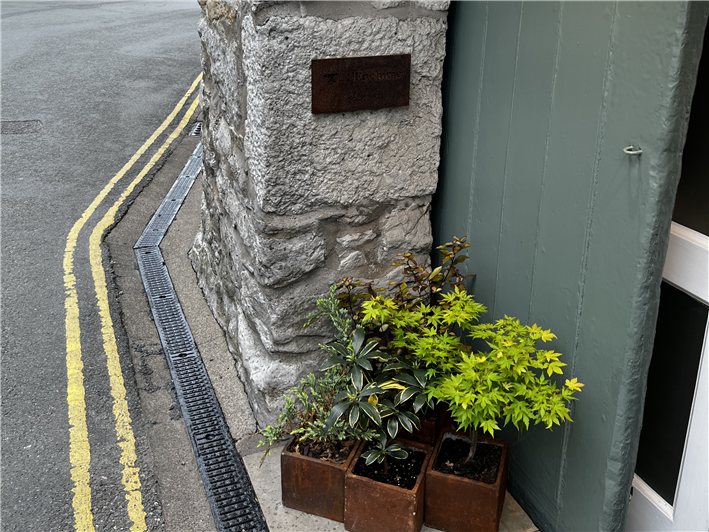

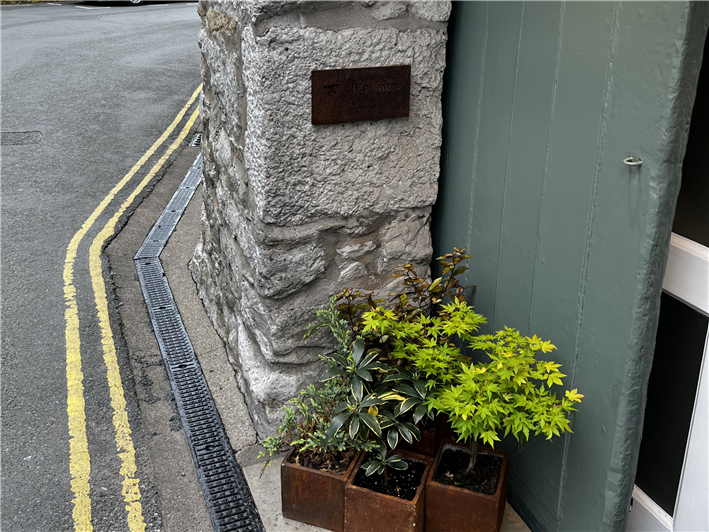
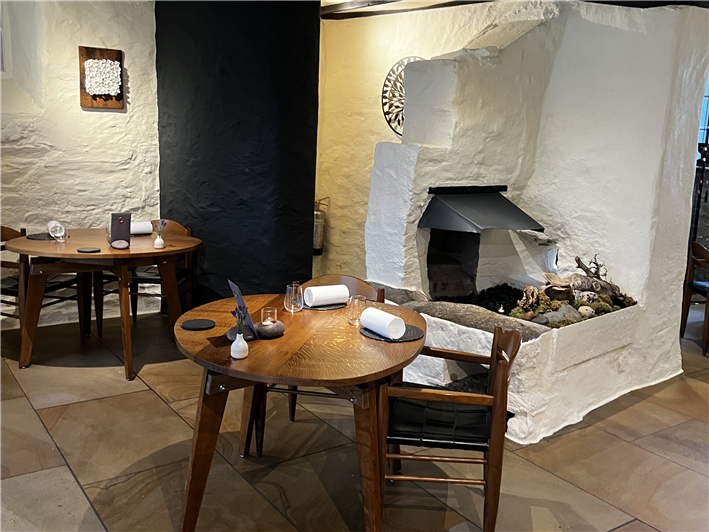
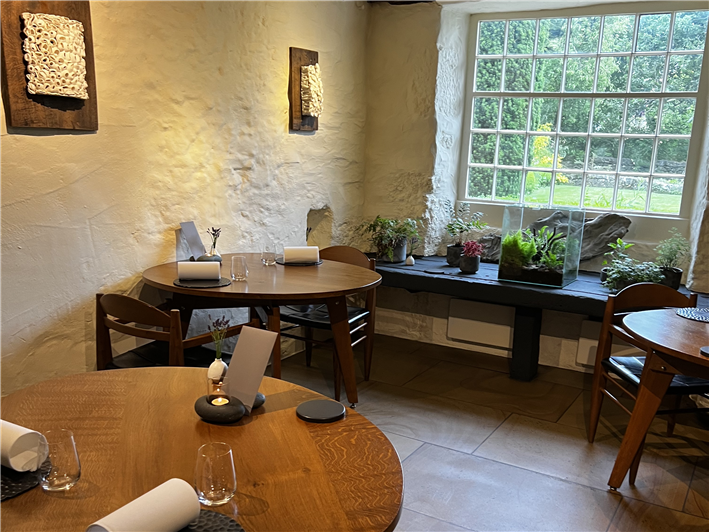
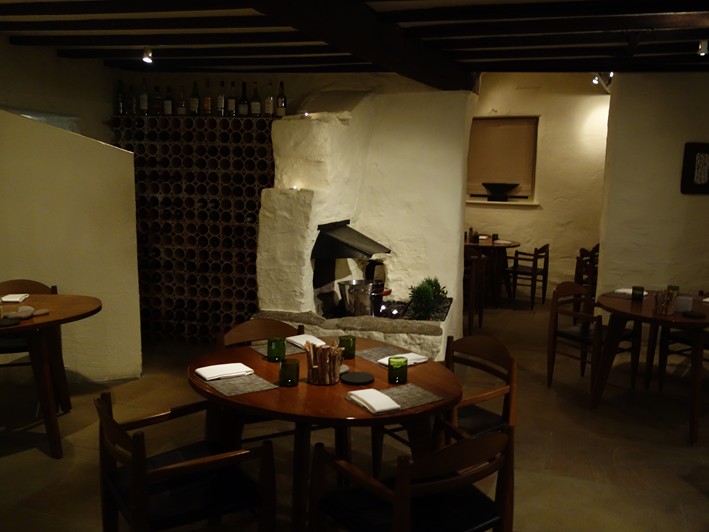
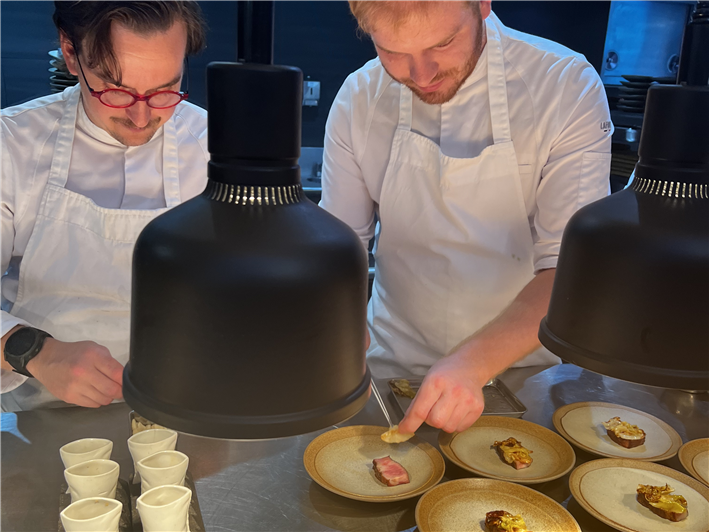
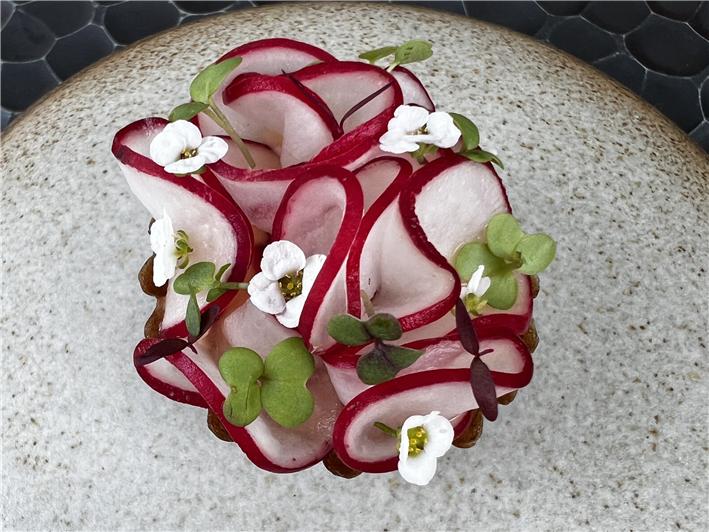
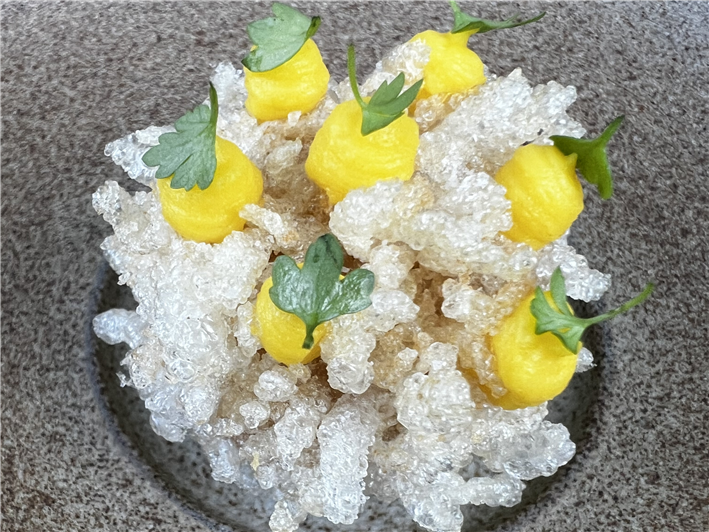
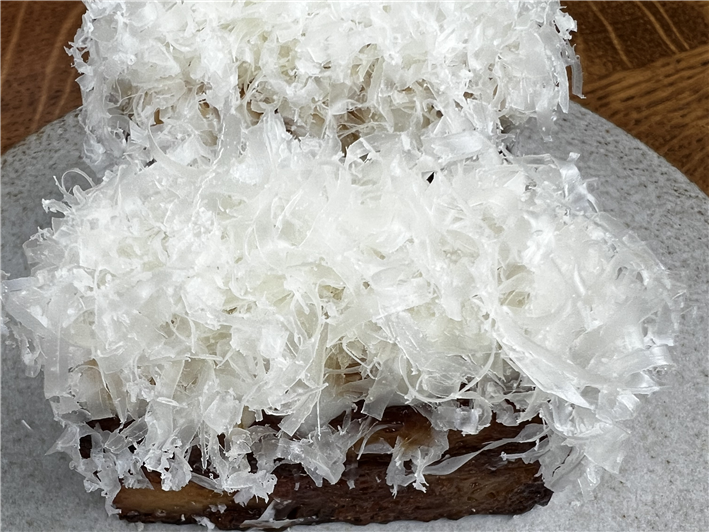
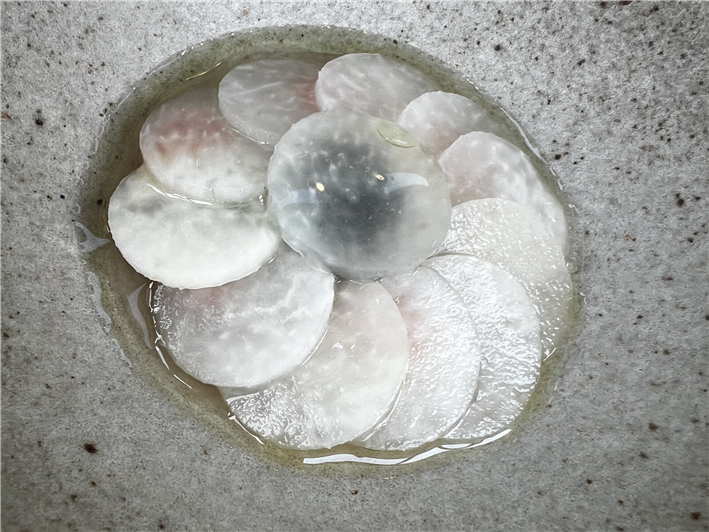
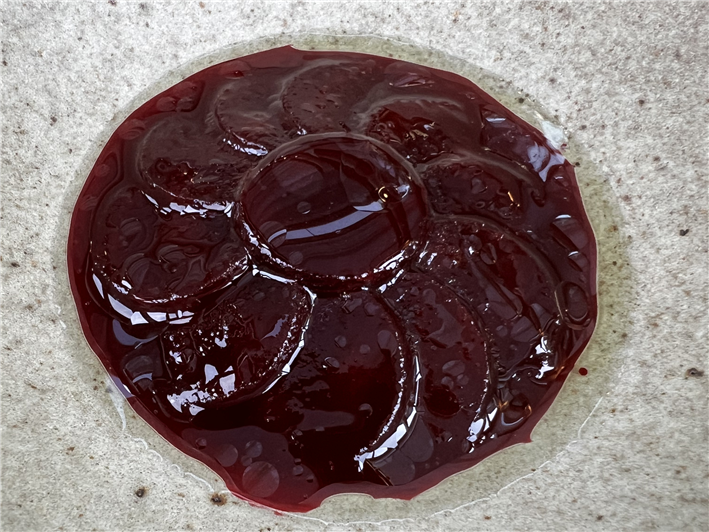
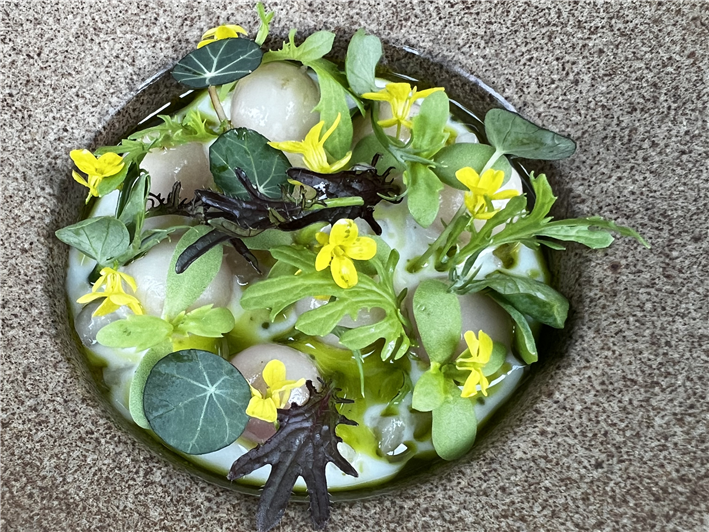
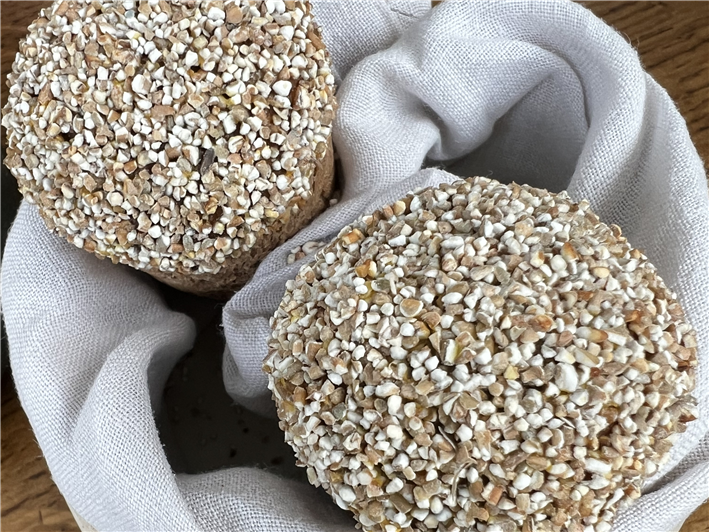
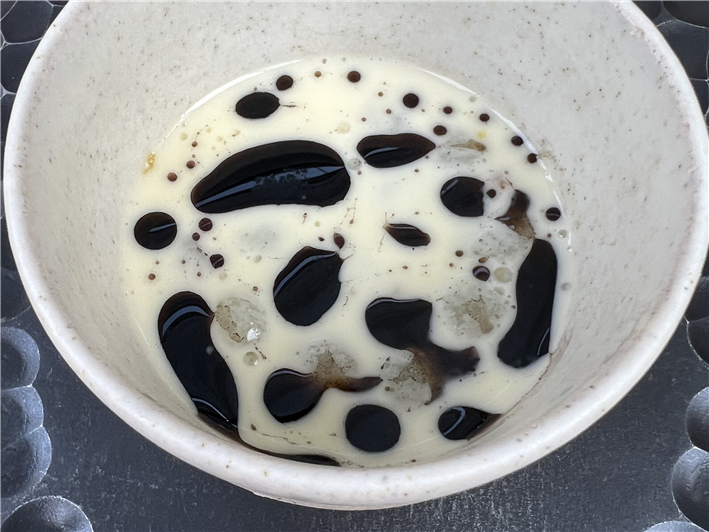
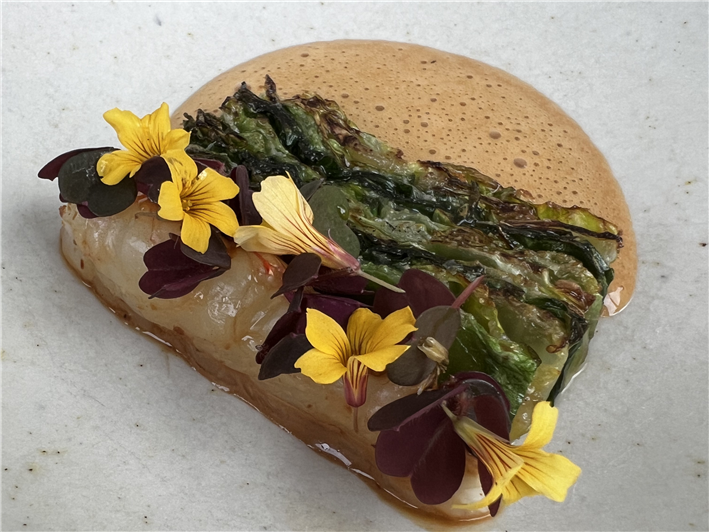
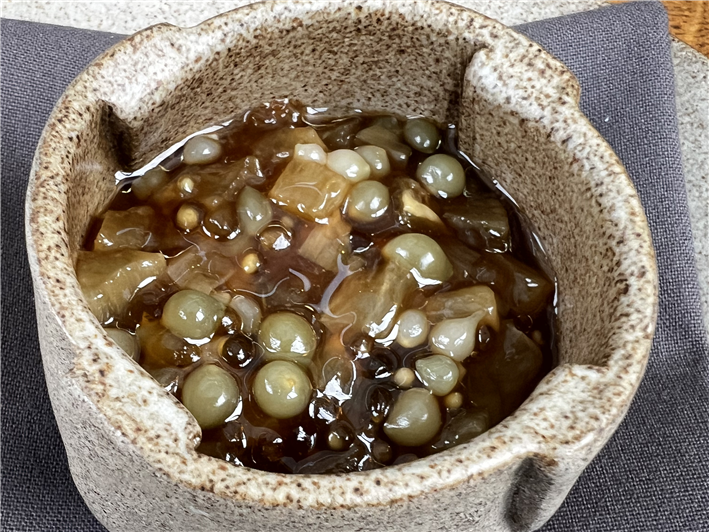
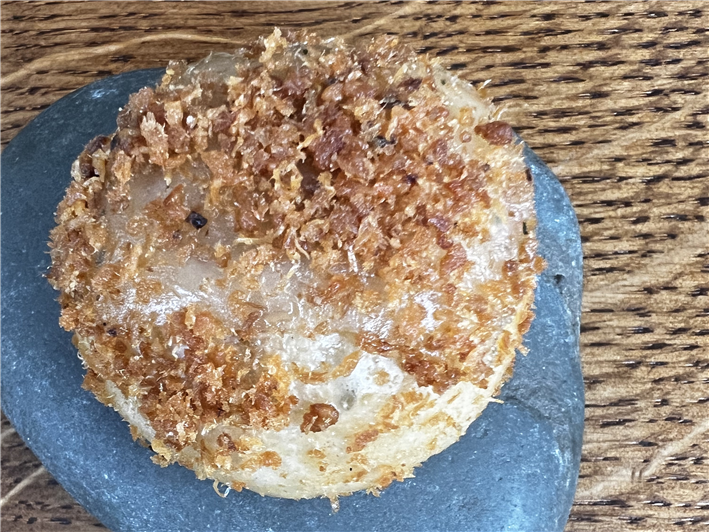
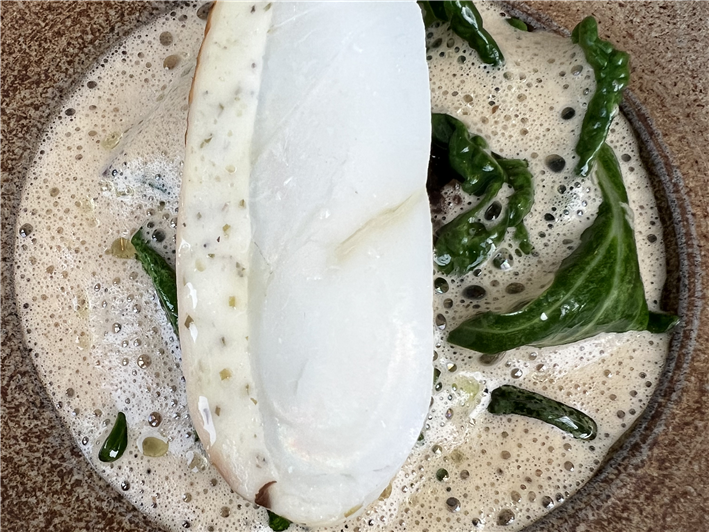
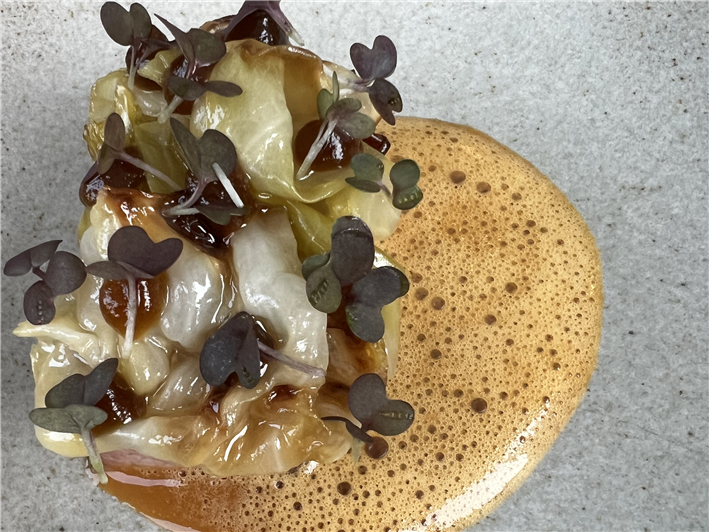
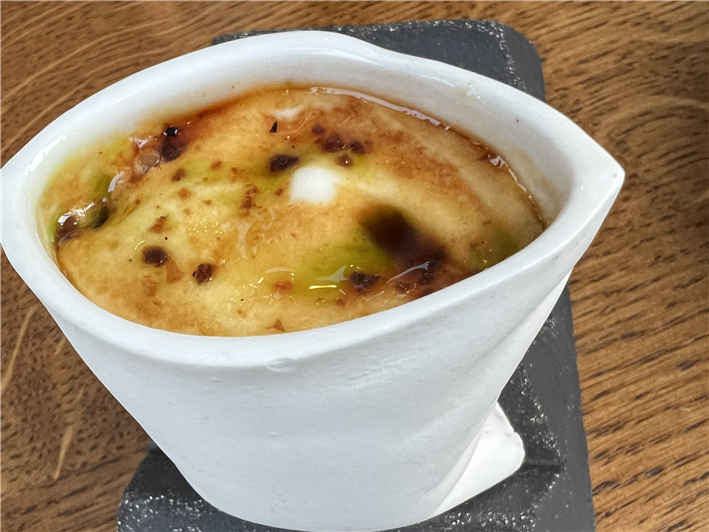
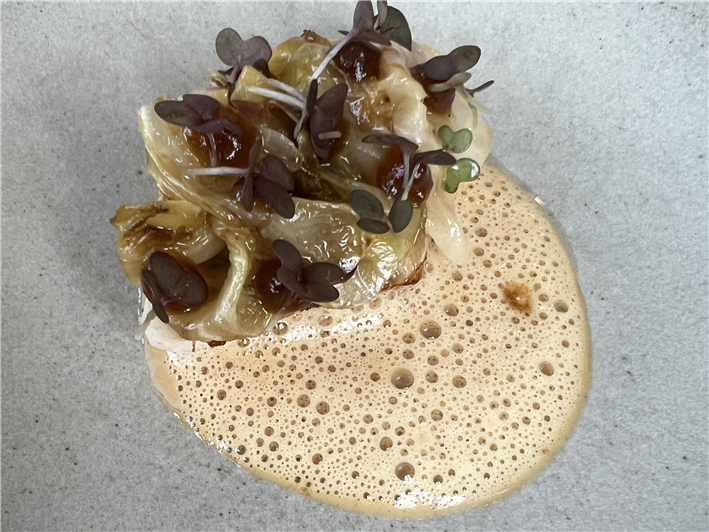
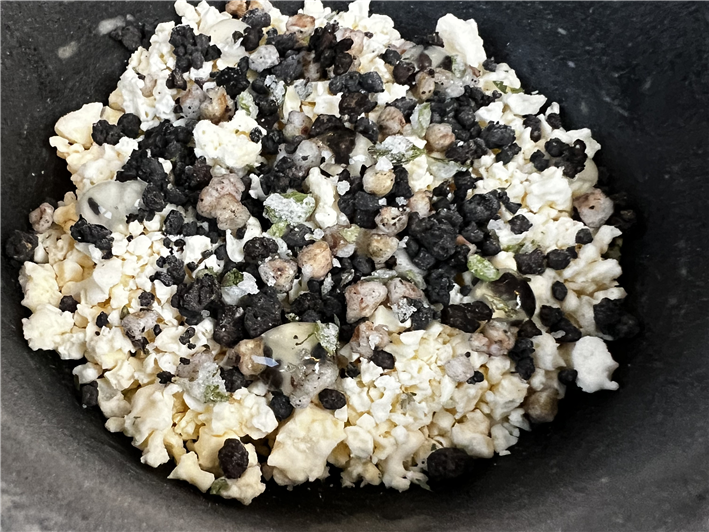
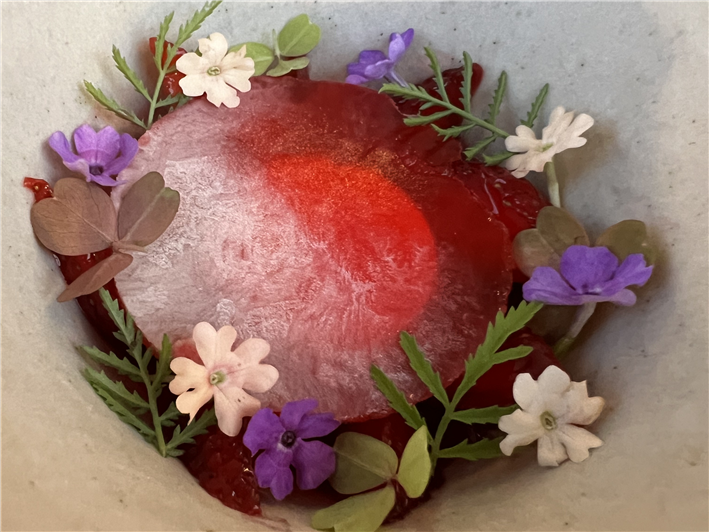
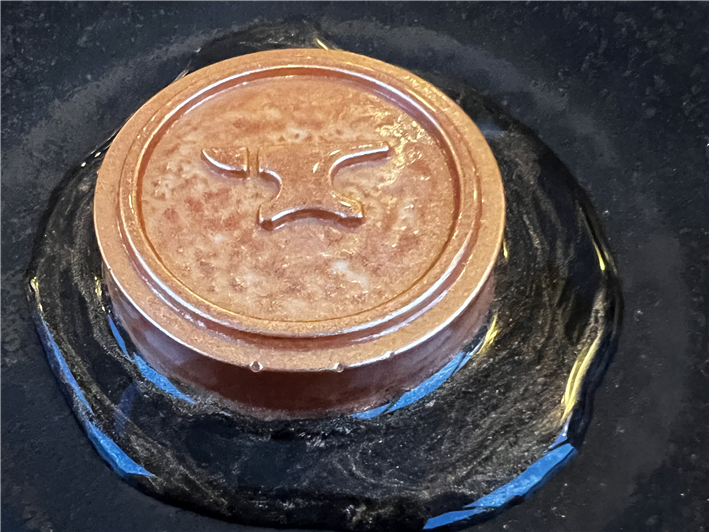
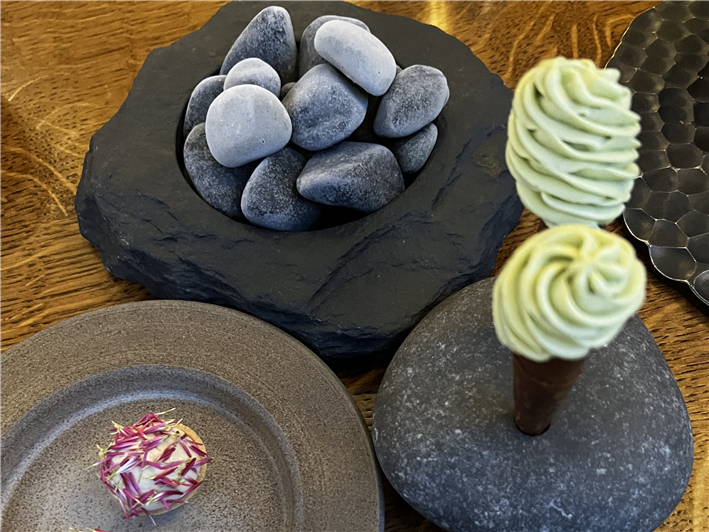
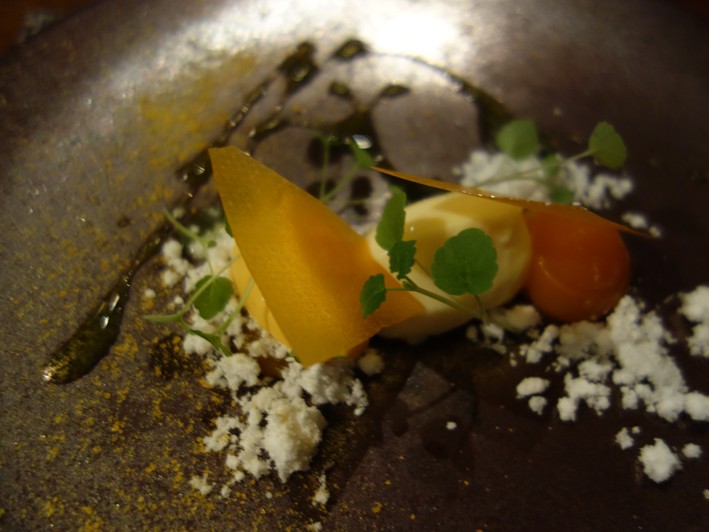
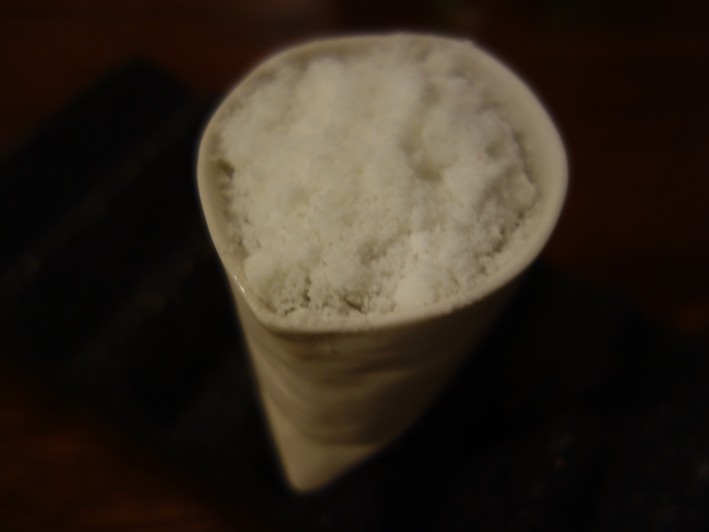
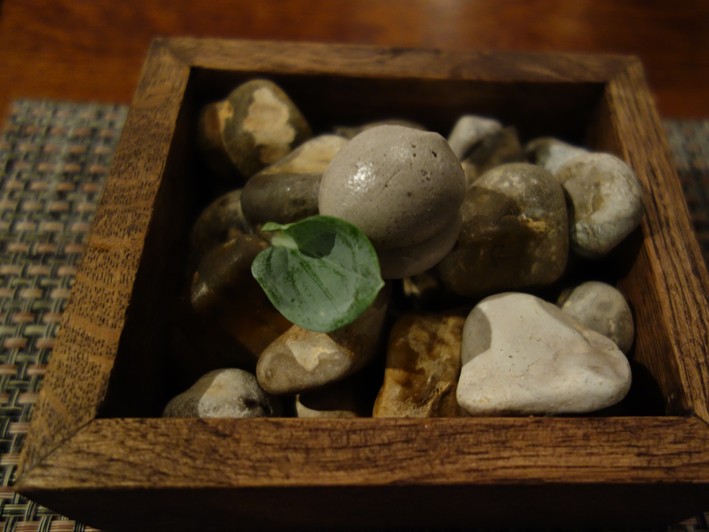
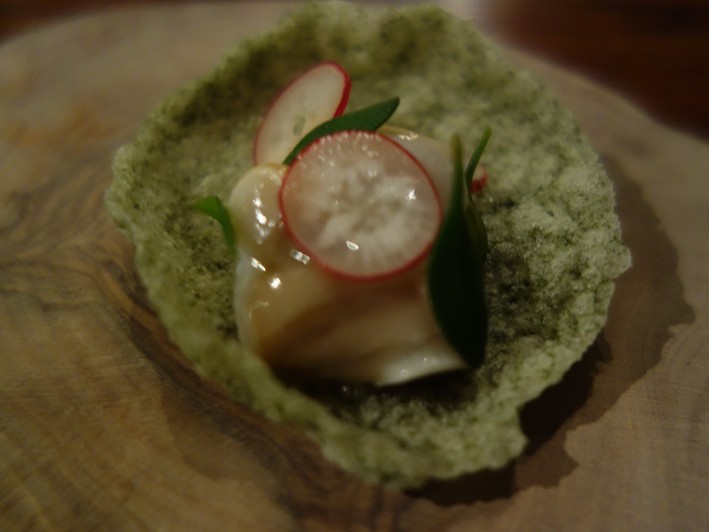
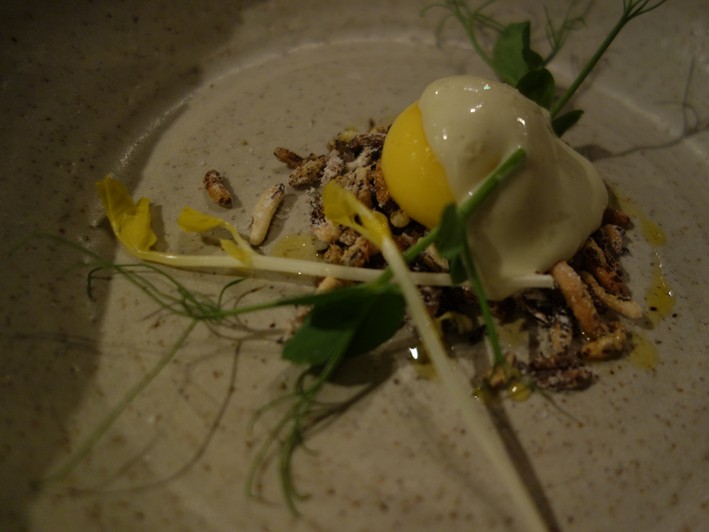
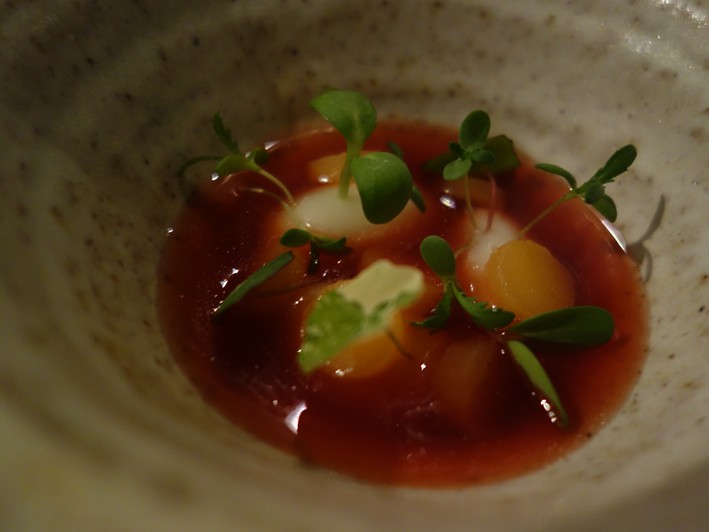
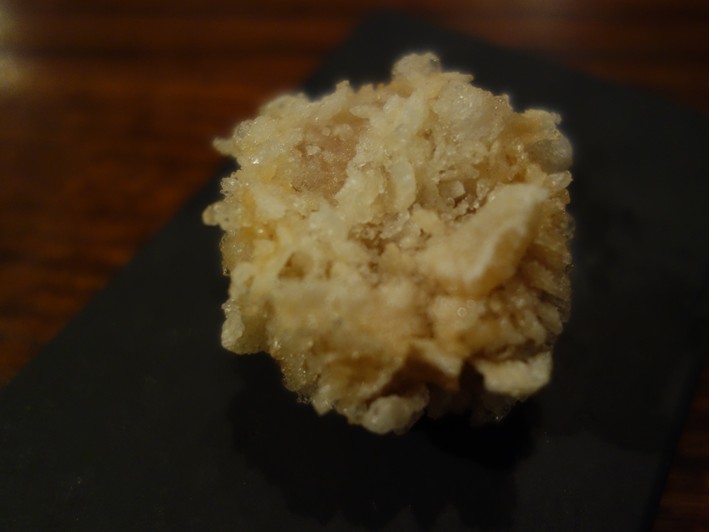
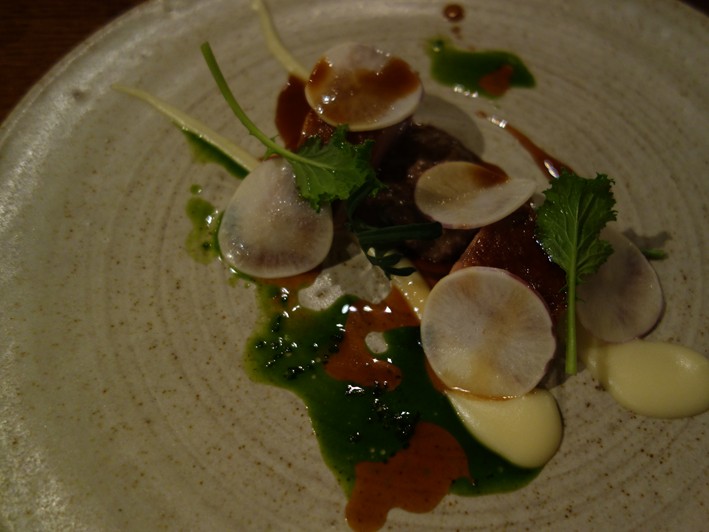
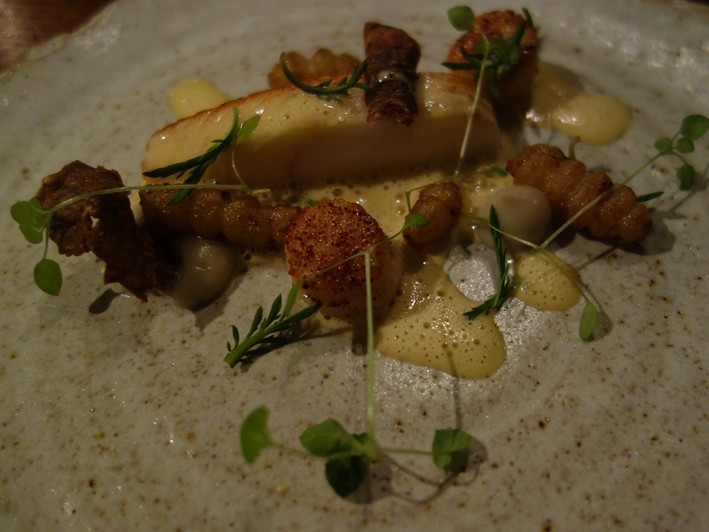
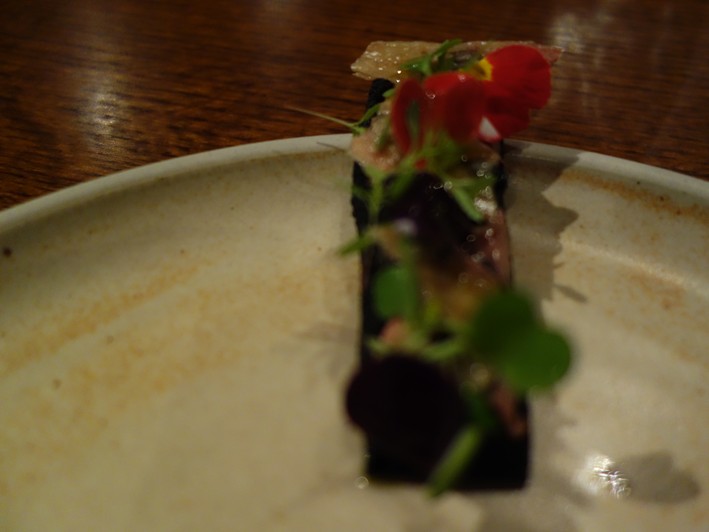
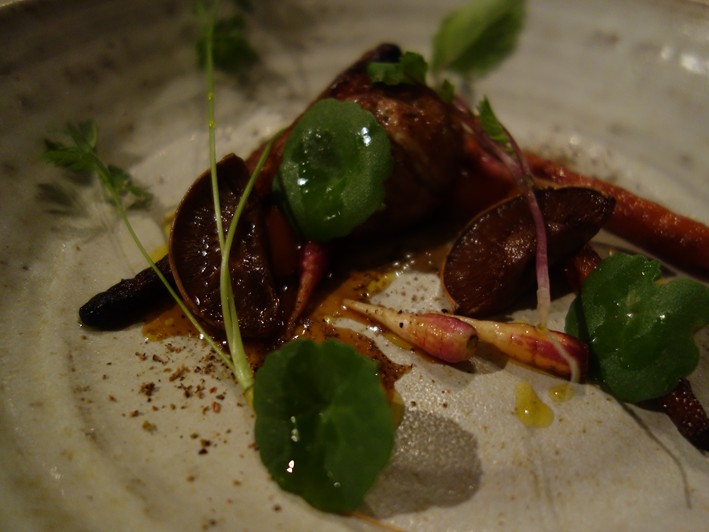
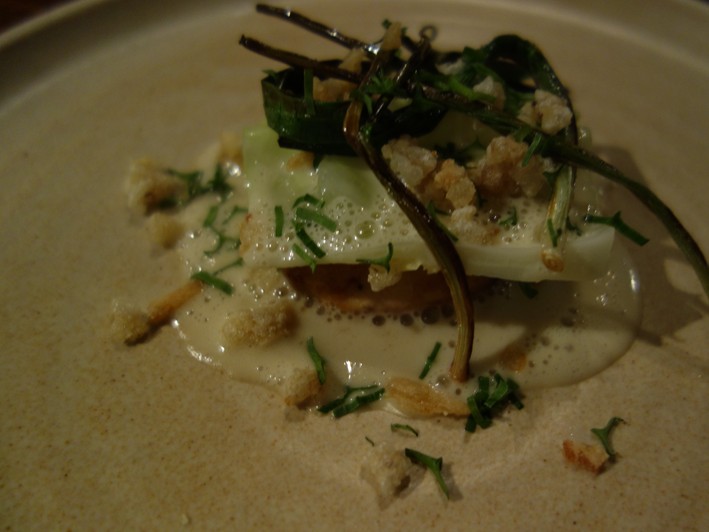
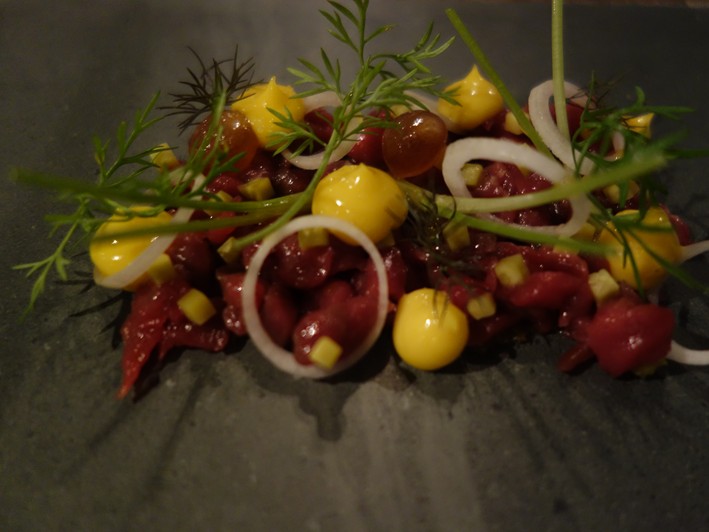
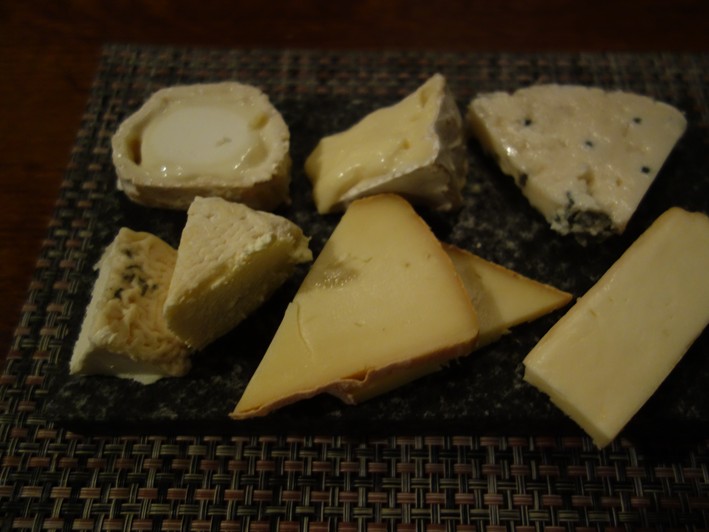
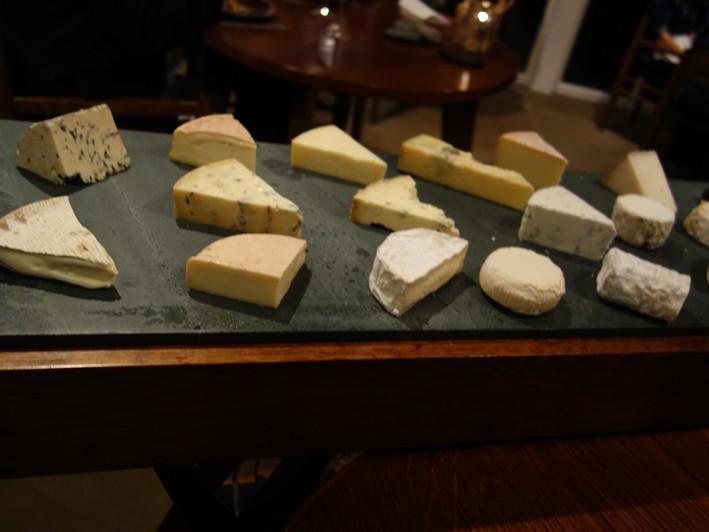
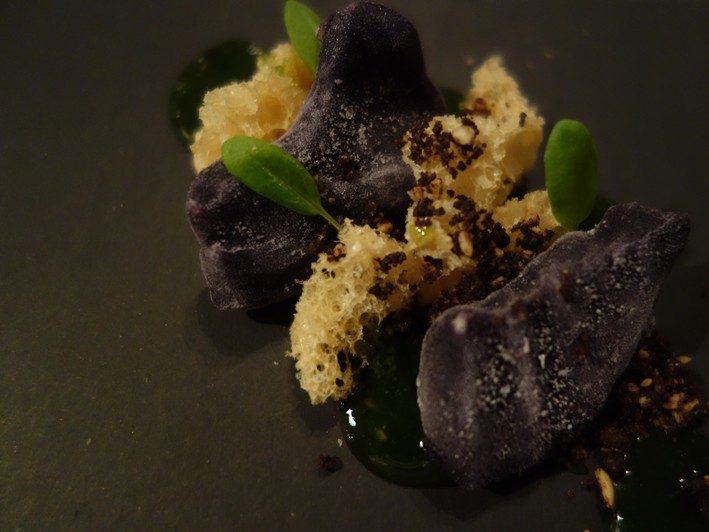
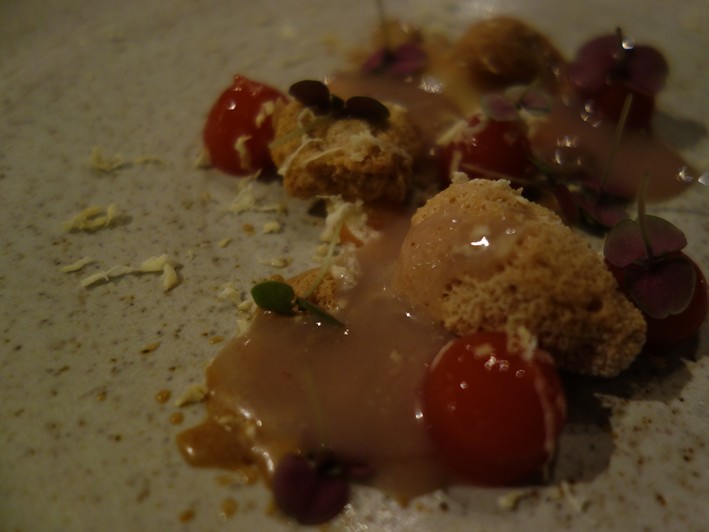
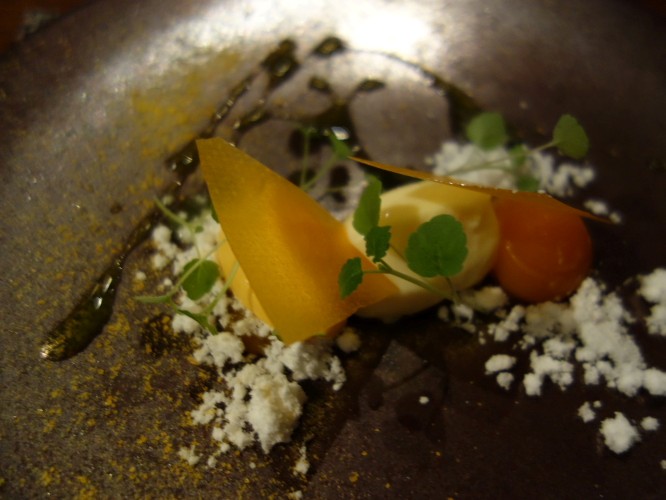
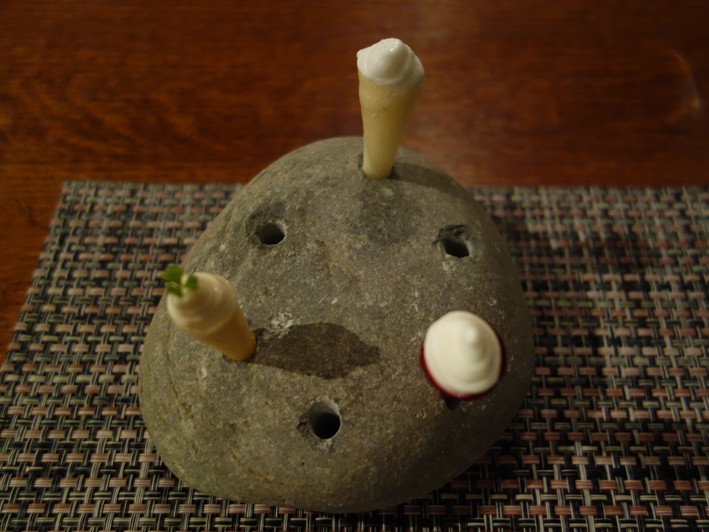
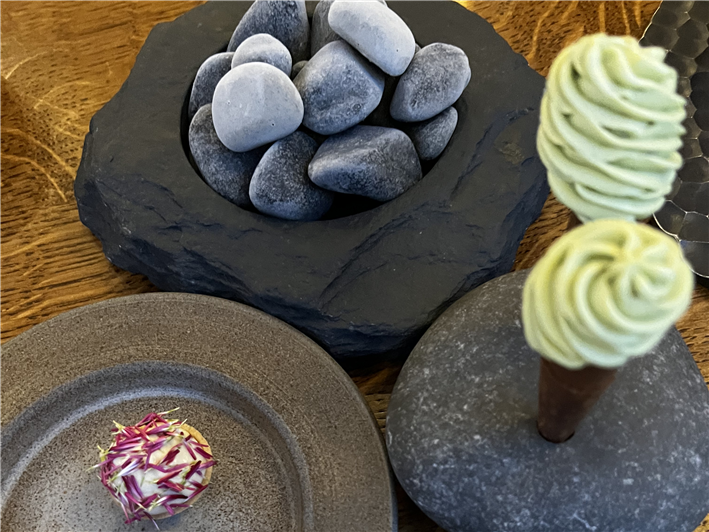
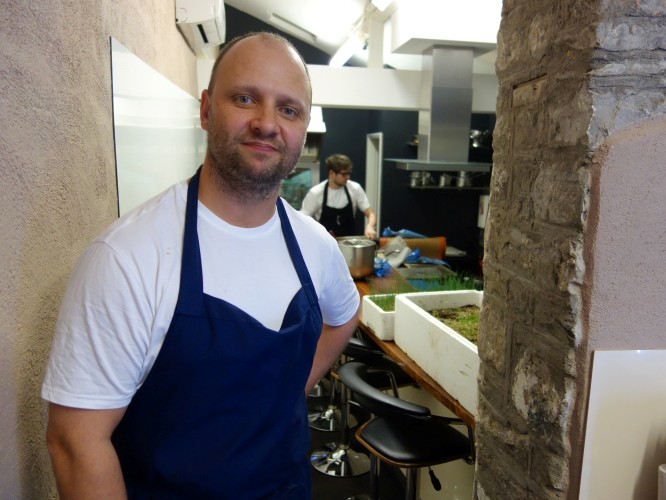

Joseph
I have attended a L'Enclume pop up in Sydney in 2023 and 2025. Simon Rogan was in the kitchen the entire time. He also brings cutlery, plates, staff and decorations from his native restaurant. Australian ingredients were used. I have several criticisms: 1. I've had more protein in the complimentary starters at some 3 star restaurants than what they served in the entire 14 courses here. 2. Limited use of premium ingredients. The service from the UK staff was great. Overall, it was enjoyable, but I would not go out of my way in the UK to eat there. I would rate the experience at 1 or 2 star level.
Euan
Going by the photos, I can see how this appeals to the superyacht crowd (tho I think they would be a bit uppity about the lack of luxury ingredients). Fair game to SR for being a trailblazer and having done so well but, potato dish excepted, this leaves me really cold
Peter Auburn
We went there on the 2nd of January 2025 and the menu was very similar to the one you tasted. It cost £ 250 per person. The food was undoubtedly innovative and complex as regards the ingredients and cooking, however my main quibble was that there was a lack of top quality fish and meat. We tasted cod and local roe deer, in contrast to what you ate.
Adrian Turner
Maybe it's just me, but isn't this so last decade? We went there a few years ago on a searingly hot day and found the whole ceremony (because that's what it is) increasingly tedious, so much so that we skipped courses and went out for walks to get some air. There are far better restaurants in the area.
LVN
Hedone... if only if we could bring back Hedone...